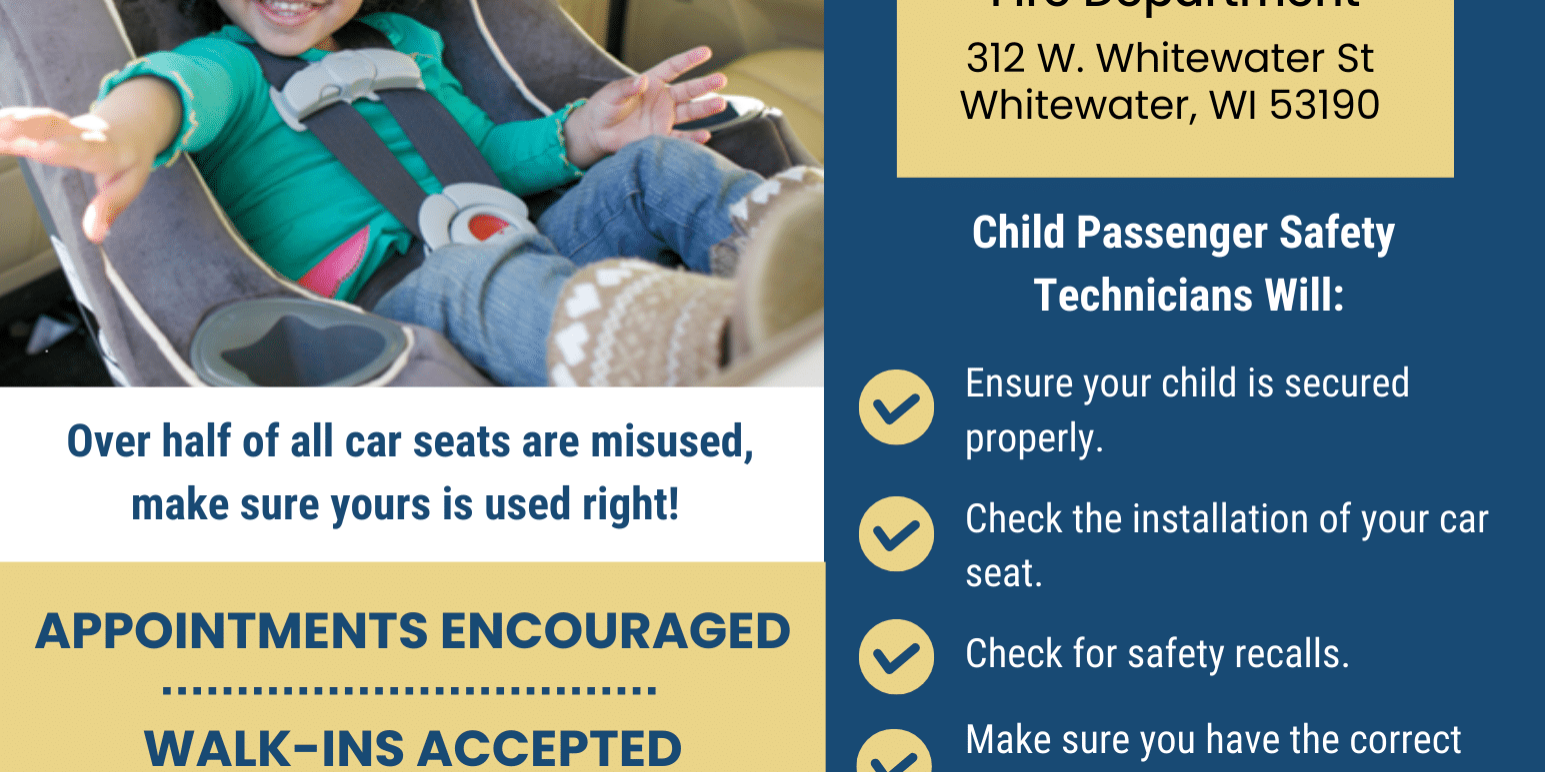
Remember to “spring forward” this Sunday morning. Once again in the past year there have been calls for eliminating daylight savings time. Polling shows that a majority of Americans detest the practice: 62% would prefer to end it, according to a March, 2023 poll by YouGov, but respondents were divided between those (50%) who would like to have permanent daylight time (DST) and those (31%) preferring permanent standard time.
What’s the status of that Senate bill to end time changes? (From NPR)
In March 2022, the Senate passed the Sunshine Protection Act. The intent behind the bill was to make daylight saving time permanent starting in the spring of 2023.
And at first, it looked as though it might become a reality. The Senate passed the bill through an expedited process and with unanimous consent — legislative rarities in this day and age.
But the bill wasn’t taken up in the House. Members cited higher priorities, like a budget deficit and the war in Ukraine, but there was also a growing chorus of criticism about the bill’s approach.
Sen. Marco Rubio, R-Fla., reintroduced the bill in March 2023, and it was sent to the Senate Committee on Commerce, Science and Transportation, but there has been no notable movement on it since. A companion bill, introduced by Rep. Vern Buchanan, R-Fla., is similarly stuck in committee at the House level.
Even if either bill manages to pass both chambers, it’d still need to be signed by President Biden, who hasn’t indicated how he leans on the issue.
So for now, the tradition remains intact.
As Daylight Savings begins, it is a perfect time to “spring ahead to safety” and tackle a few critical emergency preparedness updates for the coming spring season.
- Smoke Detectors and Carbon Monoxide Detectors: All residences are required to have both types of detectors on every level, including the basement, but not the attic or storage areas. Now is a good time to replace the batteries in your detectors and push the test buttons to be sure they’re working properly. Replace your detectors every five years.
- Emergency Go Bags: Be sure to have a basic emergency kit in your home with supplies, food and water to last you and your family for at least three days. Other items like a battery powered radio, flashlights, additional batteries, and first aid kit should also be included. For more information, please visit https://www.ready.gov/build-a-kit
- Emergency NOAA Weather Radio: Spring brings the threat of tornadoes. Make sure you have an emergency weather radio. It’s like having a tornado siren in your home. When it goes off, go to a safe place. Remember, the outdoor warning sirens are only intended for people to hear outdoors.
- National Weather Service Wireless Emergency Alerts: Wireless Emergency Alerts are emergency messages sent by authorized government alerting authorities through your mobile carrier. Government partners include local and state public safety agencies, FEMA, the FCC, the Department of Homeland Security, and the National Weather Service. No signup is required. Alerts are sent automatically to WEA-capable phones during an emergency. For more information, please visit https://www.weather.gov/wrn/wea
Share This






















